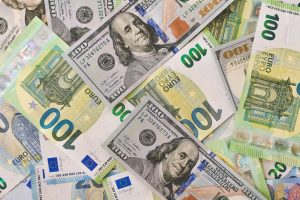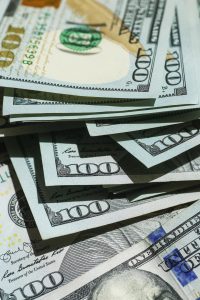The foreign exchange market, or forex, is the largest and most liquid financial market in the world. It operates 24 hours a day, five days a week, with trading sessions in different time zones across the globe. As a result, currency pairs can move at different times of the day, depending on the session and economic events driving the markets. In this article, we will explore which currency pairs tend to move the most at different times of the day.
Asian Session (00:00 – 09:00 GMT)
The Asian session is the first to open on the forex market, starting at midnight GMT. The session is dominated by the financial centers of Tokyo, Singapore, and Hong Kong, and it accounts for around 21% of global forex trading volume. During this time, the most actively traded currency pairs are the USD/JPY, EUR/JPY, AUD/USD, and NZD/USD. These pairs are influenced by economic data releases from Japan, Australia, and New Zealand, as well as any geopolitical developments in the region.
European Session (07:00 – 16:00 GMT)
The European session is the most important trading period for the forex market, as it overlaps with the Asian and American sessions. It accounts for around 38% of the global forex trading volume. The session starts at 7:00 GMT, with the opening of financial centers in London, Frankfurt, and Paris. During this time, the most actively traded currency pairs are the EUR/USD, GBP/USD, and USD/CHF. These pairs are influenced by economic data releases from the Eurozone and the UK, as well as any geopolitical events affecting the region.
American Session (13:00 – 22:00 GMT)
The American session is the last trading period of the day and is dominated by the financial centers of New York and Chicago. It accounts for around 31% of global forex trading volume. During this time, the most actively traded currency pairs are the USD/CAD, USD/JPY, and EUR/USD. These pairs are influenced by economic data releases from the US and Canada, as well as any geopolitical developments affecting the region.
Factors that Affect Currency Pair Movements
Apart from the trading session, several factors can affect the movement of currency pairs. Some of these factors include:
1. Economic Data Releases
Economic data releases, such as GDP, inflation, and employment figures, can significantly impact currency pairs. Positive economic data can strengthen a currency, while negative data can weaken it.
2. Central Bank Announcements
Central bank announcements, such as interest rate decisions and monetary policy statements, can influence currency pairs. A hawkish central bank, which signals a potential interest rate hike, can strengthen its currency. Conversely, a dovish central bank, which signals a potential interest rate cut, can weaken its currency.
3. Geopolitical Events
Geopolitical events, such as elections, wars, and natural disasters, can affect currency pairs. Political instability or uncertainty can weaken a currency, while a stable political environment can strengthen it.
Conclusion
In summary, currency pairs can move at different times of the day, depending on the trading session and economic events driving the markets. The Asian session is dominated by the financial centers of Tokyo, Singapore, and Hong Kong, and the most actively traded pairs are the USD/JPY, EUR/JPY, AUD/USD, and NZD/USD. The European session is the most important trading period, accounting for around 38% of the global forex trading volume, and the most actively traded pairs are the EUR/USD, GBP/USD, and USD/CHF. The American session is dominated by the financial centers of New York and Chicago, and the most actively traded pairs are the USD/CAD, USD/JPY, and EUR/USD. Economic data releases, central bank announcements, and geopolitical events can also influence currency pair movements.





